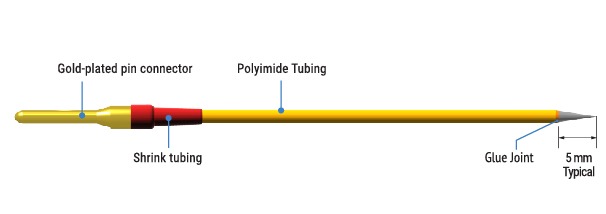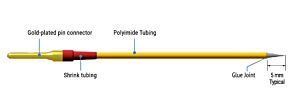This website uses cookies to ensure you get the best experience on our website.
Read more
PtIr Electrodes, Profile C
Profile C metal electrodes look like the image below.

Close
Profile C metal electrodes look like the image below.

Free shipping on all US order or order above $200
Contact us 24 hours a day
Simply return it within 30 days for an exchange.
We ensure secure payment with PEV

